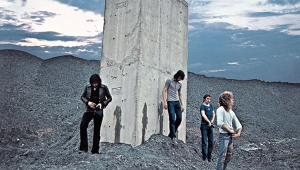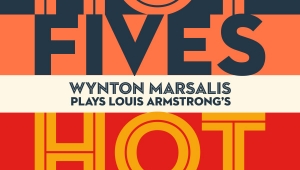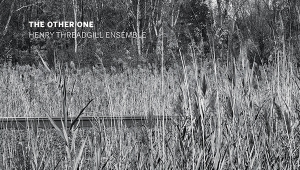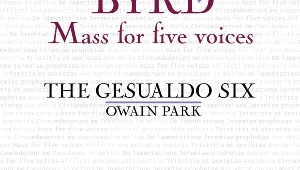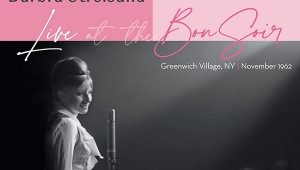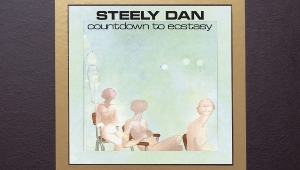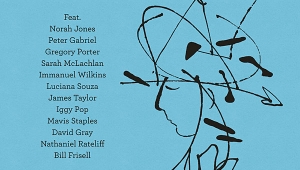| Columns Retired Columns & Blogs |
Recording of May 1996: Mozart: Piano Concertos 21 & 24
MOZART: Piano Concertos 21 & 24, K.467 & K.491
Eugene Istomin, piano; Gerard Schwarz, Seattle Symphony Orchestra
Reference Recordings RR-68CD (CD only). Adam Stern, J. Tamblyn Henderson, Jr., prods.; Keith O. Johnson, eng. DDD. TT: 59:34
Eugene Istomin, piano; Gerard Schwarz, Seattle Symphony Orchestra
Reference Recordings RR-68CD (CD only). Adam Stern, J. Tamblyn Henderson, Jr., prods.; Keith O. Johnson, eng. DDD. TT: 59:34
Although Istomin's approach to these towering works may not please all tastes, they leave no doubt that he is a thoughtful and probing musician. Less controversial of the two readings is this superb K.491. Whereas some performers opt for conveying either the music's Sturm und Drang intensity or its otherworldly, eerie gloom exclusively, Istomin manages to suggest both without compromising the work's integrity. He displays welcome rhythmic subtlety, inflecting, for example, the piano's initial entrance with just enough rubato to heighten the significance of a motif that becomes central to the movement's development. Similarly, he favors dynamic inflection of scales, thereby increasing their expressivity, an expressivity made all the more compelling by his evenness and clarity of articulation. Yet he also recognizes the limitations of the keyboard instruments of Mozart's day by restricting dynamic range, a practice most notable in the march-like variation of the finale, where some pianists tend to play too forcefully.
 Adding to the virtues of the whole is the sharply focused interplay between piano and winds, which serves to italicize the solo-tutti conflict that generates drama in Classical-concerto style. And the Seattle winds play with world-class virtuosity. Having a slow movement free of sentimentality and a finale that benefits from a steady pace from one variation to another, this is a performance to reckon with.
Adding to the virtues of the whole is the sharply focused interplay between piano and winds, which serves to italicize the solo-tutti conflict that generates drama in Classical-concerto style. And the Seattle winds play with world-class virtuosity. Having a slow movement free of sentimentality and a finale that benefits from a steady pace from one variation to another, this is a performance to reckon with.
So, too, is that of K.467, but for different reasons. Here the work's festive trumpet-and-drums ethos is sometimes neutralized. With its relatively broad pacing in outer movements, occasional rounding of square edges, and expansion of the tempo at key points (note the G-Minor section of the first movement), the performance is a far cry from the modern, period-instrument approach to Mozart. Yet the slow movement, unfolding as an aptly "walking" Andante, is an equally far cry from the perfumed excesses imposed on it in old-fashioned, Elvira Madigan conceptions. Indeed, were the orchestra less thickly textured and colored by tighter, less spongy timpani, the performance might have worked better. Still, regardless of how one responds to it, it cannot be condemned for neutrality.
Mozart left no cadenzas for either work, and the unidentified ones played by Istomin seem a bit long and, at a few points, unstylish. Thoroughly stylish, however, are his brief and witty improvised additions in the outer movements of K.467. Aside from an occasional glassiness of string tone, the sound is first-rate, the piano forward but never larger than life, and (as already suggested) ideally balanced with the orchestra.—Mortimer H. Frank
Yes, a lovely recording, pervaded by a sense of relaxed intimacy. Moreover, Prof. Johnson has captured the power of the tuttis and crescendos with startling vividness. A hard balancing act to pull off, to be sure, but aided here by the personal nature of the dialog between Istomin and the Seattle. The piano sounds almost meltingly sweet; the rousing contrast provided by the orchestra saves it from being too much of a good thing. Without question, the most musical, and musically engaging, HDCD-encoded disc to date.—Wes Phillips
- Log in or register to post comments




